As I See It with Bruce Helander – Shark Tale
Mar 8, 2016
Sharks seem to be everywhere these days, and one of the most extraordinary sightings is the annual blacktip shark migration off the southeast coast of Florida, with more than 10,000 of these creatures taking advantage of warmer waters during the winter months. Not surprisingly, it keeps one on the beach and out of the Atlantic. Another impressive discovery was when I spotted photographer Chris Leidy’s mysterious, haunting image, Silhouette, shot on a night dive in French Polynesia, on display during his recent exhibition at a gallery in Chelsea.
I was reminded the other day of one of the great “Ripley’s Believe It or Not!” moments in the history of contemporary art when I unearthed a first edition copy of Don Thompson’s The $12 Million Stuffed Shark from my studio library. This book has become a de facto bible of sorts for thousands of people as they attempt to understand the curious economics of art. The first chapter describes the astonishing initial asking price for a two-ton, fifteen-foot tiger shark “sculpture” by British artist Damien Hirst, which was mounted in a giant glass vitrine and creatively titled The Physical Impossibility of Death in the Mind of Someone Living. According to Thompson, the shark had been caught in 1991 in Australia, and prepared and mounted in England by technicians working under the direction of Hirst. At the time, many in the art world were uncertain whether or not there was something fishy going on, and if this floating specimen actually qualified as art. The $12 million price tag and subsequent sale by Gagosian Gallery was the highest price ever paid for a work by a living artist at that time, other than Jasper Johns, and it was more than had been paid for a Richter, Rauschenberg or a Lucian Freud before that year. The real question should have been, why would anyone even consider paying this much money for a floating fish? Part of the answer, according to Thompson, is that in the world of contemporary art, branding can substitute for critical judgment, and lots of branding was involved here. But there was another concern, and in fact, a certain deterrent to a potential buyer, as the shark had deteriorated dramatically since it was first unveiled in 1991 at Saatchi’s private London gallery. So the long and short of this fabulous tale with sharp teeth to it was that the techniques used to preserve the shark had been inadequate, and the liquid started to turn green (like the investor’s face) and a fin had fallen off, so the intended illusion of a giant Galeocerdo cuvier swimming directly towards the viewer as it hunted for a snack was murky. In the end, the same kind of creature that made the movie “Jaws” a famously terrifying experience was replaced by a stand-in that Hirst found after posting a “Shark Wanted” announcement in Australia. The rest is history, and the last that I heard, it was floating in a tank on a sculpture stand at the Museum of Modern Art.
There is another “Shark Tank” that is not a work of art and is not in hot water, but is the cool title of the hit TV program that showcases aspiring entrepreneurs, who as contestants make presentations to a panel of “shark” investors, hoping to persuade them to finance their products. The panel of businesspersons is an fascinating group, but it is Kevin O’Leary who takes the cake with his directness, piercing questions and hard-line approach, which has made him a star of the program—where he’s known as “Mr. Wonderful”—and a big ratings success.
What I find so interesting about O’Leary is that unlike a lot of corporate people, he has had a lifelong interest in high-end photography and art, and is a respected photographer. I recently met him during Presidents Day Weekend at the Art Wynwood fair in Miami, introduced by Nick Korniloff, producer of the fair, where O’Leary was showcasing his photography, which revealed his sharp, intelligent eye and a clear perspective on inventive composition. Sales from the exhibition, which were substantial, benefited the Perry J. Cohen Foundation and Teenage Entrepreneurs. Based on the success of this first show, Arcature Fine Art in Palm Beach presented an exhibition in March titled “Irreconcilable Images,” which also benefited the same causes, donating 100% of the profits from sales of the photographs. “Shark Tank has been a lightning rod for entrepreneurial culture in this country, and I’m lucky to be a part of that. Every day, I meet bright, motivated young people who want to become entrepreneurs. I want to do something to encourage them, “ said O’Leary. “Partnering with the Perry J. Cohen Foundation was a natural after I got a chance to meet Perry’s parents, Pamela Cohen and Nick Korniloff, and understand what an amazing and passionate life that this young entrepreneur and art lover lived.”
So, a noteworthy marriage of images, ideas and charity has come together with dignity and compassion, along with a first class show of idiosyncratic photographs.
For more information about the Perry J. Cohen Foundation, including how to make a donation (www.pjcf.org); for more information about Kevin O’Leary’s exhibition at Arcature Fine Art (www.arcaturefineart.com); and for more information about Chris Leidy’s work (www.leidyimages.com).
Author

Bruce Helander
Bruce Helander is a former White House Fellow of the National Endowment for the Arts and is the former Editor-in-Chief of The Art Economist magazine. His columns on art, values, and investing in art appear regularly in The Huffington Post.

:sharpen(level=0):output(format=jpeg)/wp-content/uploads/2016/03/As-I-See-It-with-Bruce-Helander-Shark-Tale.jpg)
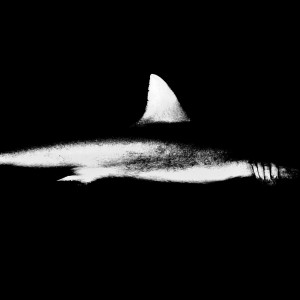
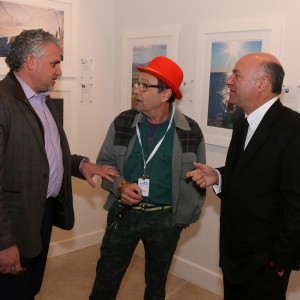
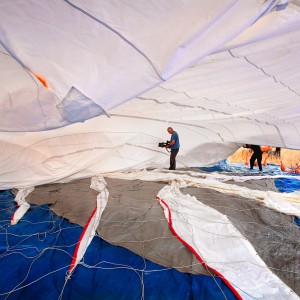

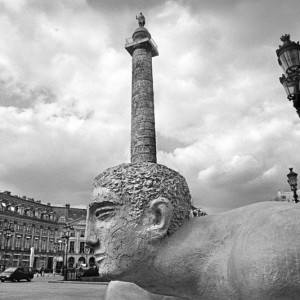

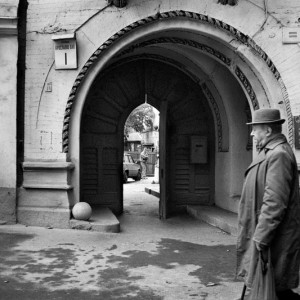
:sharpen(level=1):output(format=jpeg)/wp-content/uploads/2024/05/The-Art-Lawyers-Diary-1.jpg)
:sharpen(level=1):output(format=jpeg)/wp-content/uploads/2024/04/5-Questions-with-Bianca-Cutait-part-2-1.jpg)
:sharpen(level=1):output(format=jpeg)/wp-content/uploads/2024/05/20231208_164023-scaled-e1714747141683.jpg)
:sharpen(level=1):output(format=jpeg)/wp-content/uploads/2024/04/header.jpg)
:sharpen(level=1):output(format=jpeg)/wp-content/uploads/2024/04/5-Questions-with-Bianca-Cutait-part-1-1.jpg)
:sharpen(level=1):output(format=jpeg)/wp-content/uploads/2024/03/5-Questions-with-Alaina-Simone-1.jpg)